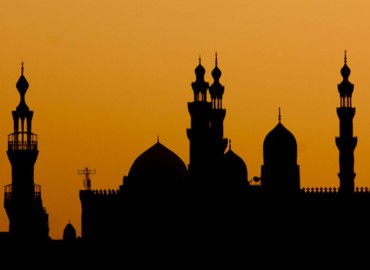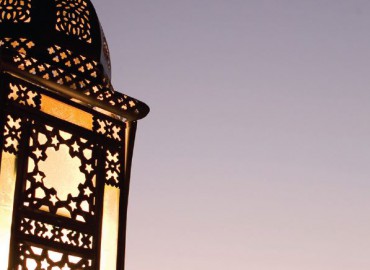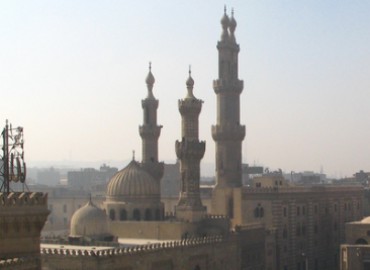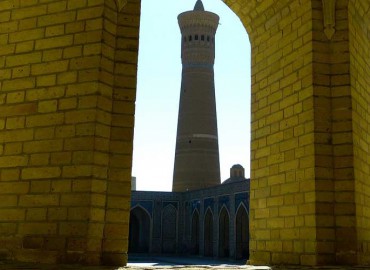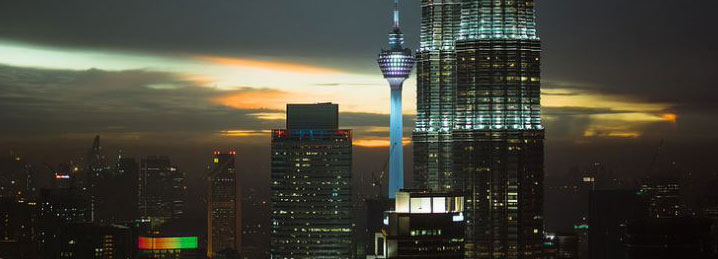
Changing Sukuk Structures
Sovereign Sukuk issuances are shifting from Ijara to Wakala structures presented Tahir Ali Sheikh of CIMB Islamic Malaysia during an Islamic finance conference in Singapore.
Noting a parallel shift in the asset based proportion of Sovereign Sukuk, Tahir Ali Sheikh stated physical underlying assets previously represented 100% of the structure, which then shifted to 51% and now typically represent 33%. The reason for this is a Wakala structure allows for a larger amount of funding as compared to an Ijara using physical assets. For example 100 million of assets would allow for a $300 million issuance.
The use of the 33% is considered acceptable by scholars due to a hadith in relation to partnerships in trade and commerce (Prophet Muhammad (pbuh) has said that Almighty Allah proclaims: “I am a one third partner of a two man partnership until one of them acts dishonestly to his partner, and, in such an event, I then leave them.” [Abu Daud].)
Tahir Ali Sheikh added the use of assets as a recourse for investors in the event of a default is often misplaced as sukuk are not asset backed securities (in the context of the Malaysian experience, as Dubai Financial Market rules differ). Rather an underlying asset is required for the purposes of tradability of the sukuk which without an asset could not be traded as the structure would be entirely based on debt which can only be traded at par value.
China Lacks Islamic Finance Framework
In the context of a sukuk originating out of China, Tahir Ali Sheikh added despite positive comments from providential governments China needed to work on three key areas of development needed to support a sukuk issuance. These areas are Tax neutrality, Cost neutrality and Regulatory frameworks.

